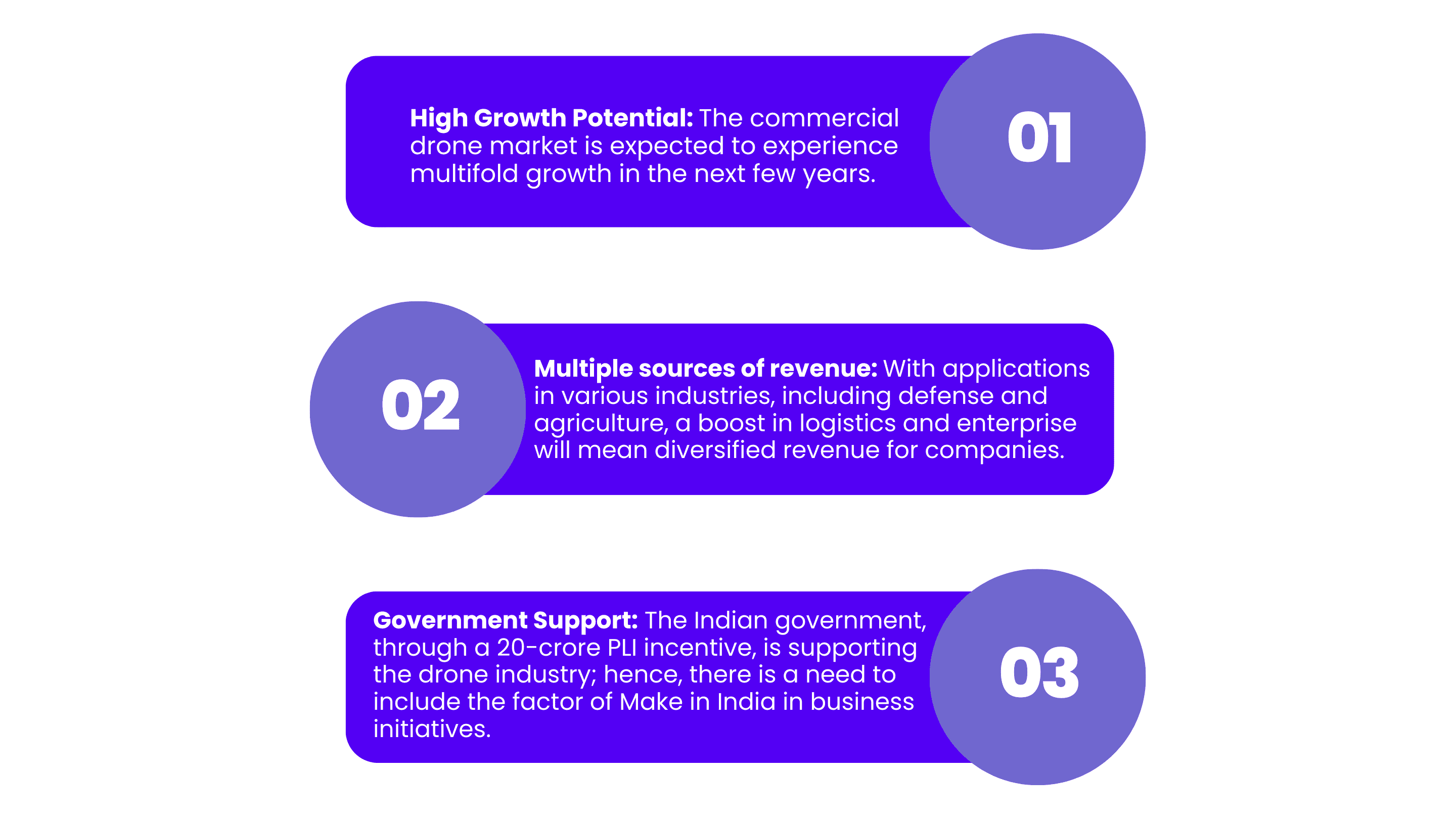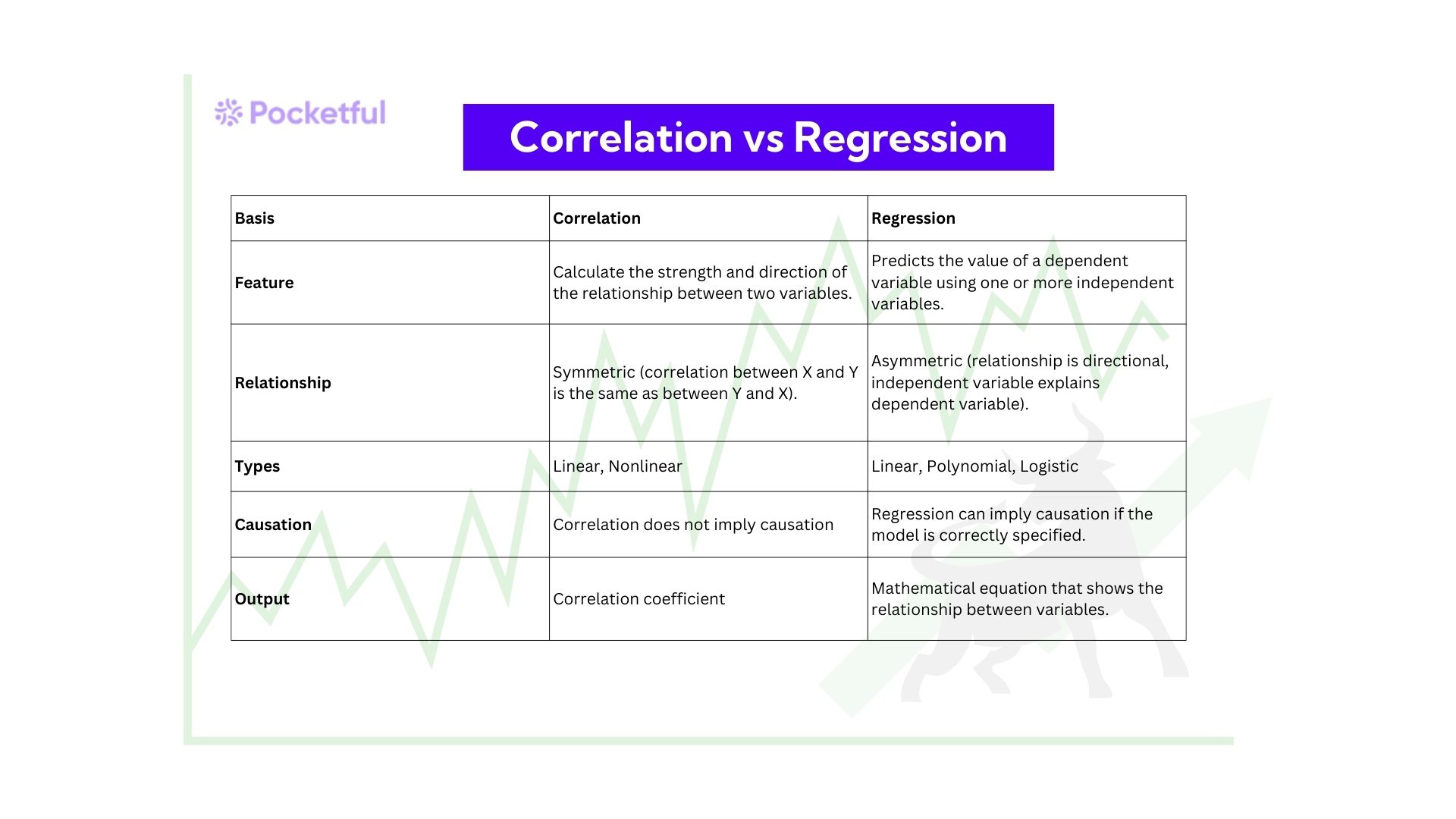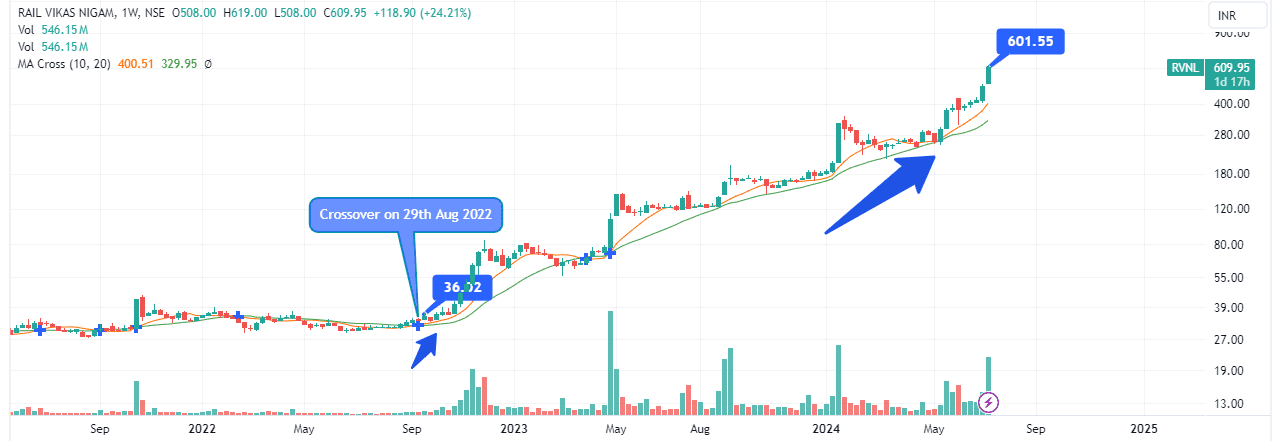Have you ever heard of an option strategy that remains neutral and aims to profit from the price differences? Spread trading is all about profiting from the difference and not the direction. In today’s blog, we will explore spread trading in detail, including its types, advantages, disadvantages, and the factors that should be considered while doing spread trading.
What is Spread Trading?
Spread trading is a strategy in the financial markets where a trader simultaneously buys and sells two related securities. The goal is to profit from the difference (or spread) between the two positions rather than from the absolute price movements of the underlying securities. Spread trading is commonly used in options, futures, and derivative markets.
Types of Spreads Trading
Spread trading encompasses various strategies across different financial markets, each with unique characteristics and objectives. Various types of spread trading involving different assets are listed below:
1. Options Spreads
Vertical Spreads:
- Bull Call Spread: Buy a call option with a lower strike price and sell a call option with a higher strike price.
- Bull Put Spread: Buy a put option with a lower strike price and sell a put option with a higher strike price.
- Bear Call Spread: Buy a call option with a higher strike price and sell a call option with a lower strike price.
- Bear Put Spread: Buy a put option with a higher strike price and sell a put option with a lower strike price.
Horizontal (Calendar) Spreads:
- Calendar Spread: Buy and sell options of the same strike price but with different expiration dates.
- Diagonal Spread: Buy and sell options with different strike prices and expiration dates.
Butterfly Spreads:
- Long Butterfly Spread: Buy one in-the-money option, sell two at-the-money options, and buy one out-of-the-money option.
- Iron Butterfly Spread: Short ATM call and put and buy OTM call and put.
Condor Spreads:
- Iron Condor: Short slightly OTM call and put and buy further OTM call and put.
Ratio Spreads:
- Ratio Call Spread: Buy a certain number of ATM or slightly OTM call options and sell more OTM call options.
- Ratio Put Spread: Buy a certain number of ATM or slightly OTM put options and sell more OTM put options.
2. Futures Spreads
- Calendar Spreads: Buy and sell futures contracts of the same asset but with different expiration dates.
3. Stock Spread Trading
Pairs Trading:
- Market Neutral: Buy shares of an undervalued stock and sell shares of an overvalued stock in the same sector or industry. Both the stocks must be highly correlated.
Sector Spreads:
- Sector Rotation: Buy shares in a promising sector and sell shares in a sector expected to underperform.
4. Bond Spread Trading
Yield Curve Spreads:
- Flattening of Yield Curve: Buy a long-term bond and sell a short-term bond to profit from changes in the yield curve.
- Steepening of Yield Curve: Buy a short-term bond and sell a long-term bond to profit from changes in the yield curve.
Credit Spreads:
- Investment Grade vs. High Yield: Buy a bond with a higher credit rating and sell a bond with a lower credit if a downgrade in credit rating is expected throughout the credit markets.
5. Commodity Spread Trading
- Inter-Commodity Spread: Buy and sell futures contracts of related but different commodities (e.g., corn and wheat).
- Intra-Commodity Spreads: Buy and sell futures contracts of the same commodity with different expiration dates.
6. Forex Spread Trading
Currency Pairs:
- Relative Strength: Buy one currency pair and sell another to profit from relative movements.
7. Interest Rate Spread Trading
Swap Spreads:
- Fixed vs. Floating: Trade the difference between fixed and floating interest rates.
8. Volatility Spread Trading
Volatility Spreads:
- Long Straddle: Buy an ATM call and a put option with the same strike price and expiration date to profit from large moves in either direction.
- Long Strangle: Buy out-of-the-money call and put options with different strike prices but the same expiration date.
- Short Straddle: Sell an ATM call and a put option with the same strike price and expiration date to profit from range-bound moves in either direction.
- Short Strangle: Sell out-of-the-money call and put options with different strike prices but the same expiration date.
Each type of spread trading strategy has its own risk and reward profile, and traders select strategies based on their market outlook, risk tolerance, and investment objectives.
Read Also: What is a Bid-Ask Spread?
Factors Affecting Spread Trading

Spread trading can be quite complex because it usually involves derivative instruments. A trader must be aware of the effects of various factors listed below on the spread trading:
- Volatility: Changes in the volatility of the underlying asset can affect the value of options spreads, particularly for calendar and diagonal spreads where different expirations are involved.
- Time Decay (Theta): The rate at which the value of an option erodes as it approaches its expiration date. This is particularly important for calendar and diagonal spreads.
- Interest Rates: Changes in interest rates can impact the cost of carry for futures contracts, thereby affecting the profitability of spreads. For bonds, yield curve movements impact the profitability of spreads.
- Underlying Asset Price Movements: The price movement of the underlying asset directly affects the profitability of vertical and ratio spreads.
- Dividends: For options on dividend-paying stocks, expected dividends can impact option prices and, thereby, the value of spreads.
- Liquidity and Bid-Ask Spread: The liquidity of the options and the difference between the bid and ask prices can affect the execution and profitability of spread trades.
- Economic Data Releases: Events like interest rate decisions, employment reports, and GDP releases can cause significant price movements in the price of underlying, thus impacting spread trades.
- Geopolitical Events: Political instability, trade negotiations, and other geopolitical events can impact volatility and spreads.
- Regulatory Changes
- Market Regulations: Changes in market regulations can impact trading strategies, costs, and overall market dynamics. For example, changes in margin requirements can affect futures and options spread trading.
- Tax Policies: Tax laws and policies can influence the attractiveness and profitability of certain spread strategies.
- Arbitrage Opportunities
- Mispricing: Arbitrage opportunities arise when related securities are mispriced relative to each other. Spread traders often exploit these inefficiencies to generate profits.
- Market Inefficiencies: Identifying and capitalizing on market inefficiencies is key to successful spread trading.
- Correlation: The degree of correlation between the assets involved in the spread can impact the strategy. For instance, pairs trading relies on the correlation between two stocks.
Generally, good market conditions, higher liquidity, lower volatility, stable economy and political conditions, and good creditworthiness will narrow the spread, and reverse conditions will widen the spread. By considering these factors, traders can better manage risks and improve the potential for successful spread trading.
Advantages of Spread Trading

Spread trading is popular among traders due to the following advantages:
- Lowers the direction risk: Price difference can be captured in both buy and sell spread trades, so market direction is not important here.
- Hedging Tool: Spreads can function as hedges against potential losses.
- Diversification: Portfolio diversification can be achieved by incorporating different assets and spreads.
- Lower Margin requirement: Many spread strategies require lower margins to execute.
Disadvantages of Spread Trading
Spread trading can be risky due to the following reasons:
- Market Volatility: In a highly volatile market, certain spread trading strategies can result in huge losses.
- Margin Requirements: Adverse market movements can lead to margin calls.
- Liquidity risk: Some spreads may involve assets with illiquid derivative contracts.
- Execution timing: An investor must time the market to capture favorable price movement.
Spread Trading Examples
Spread trading involves the simultaneous purchase and sale of two related securities to profit from the difference in their prices.
For example, a trader has identified two companies, Company A and Company B, that operate in the same industry. Historically, their stock prices have moved closely due to similar market conditions and economic factors. However, due to recent earnings reports, Company A’s stock price has fallen sharply, while Company B’s stock price has risen.
Strategy: Pairs Trading
- Buy the undervalued stock (Company A).
- Sell the overvalued stock (Company B).
Trade Setup
- Buy 100 Shares of Company A:
- Current Price: INR 60 per share
- Total Cost: INR 60 * 100 shares = INR 6,000
- Sell 100 Shares of Company B:
- Current Price: INR 40 per share
- Total Proceeds: INR 40 * 100 shares = INR 4,000
Net Investment
- Net Proceeds: INR 4,000 (sale of Company B shares) – INR 6,000 (purchase of Company A shares) = $2,000 net cash paid.
Example of Bond Spread Trading
Yield Curve Spread Example:
- Sell a long-term bond (e.g., sell a 10-year Treasury bond).
- Buy a short-term bond (e.g., buy a 2-year Treasury bond).
- Outcome: The trader profits if the yield curve steepens (long-term interest rates rise more than short-term rates).
Spread trading allows traders to take advantage of relative price movements rather than relying solely on the direction of the market. This can be particularly useful in uncertain market conditions.
Read Also: What is Zero Days to Expiration (0DTE) Options and How Do They Work?
Conclusion
Spread trading is a sophisticated strategy that leverages the price differences between related financial instruments to generate profits. This approach minimizes directional risk by focusing on the relative movements of the underlying assets rather than their absolute price changes. Spread trading can be applied across various markets, including options, futures, stocks, bonds, and commodities, offering flexibility and the potential for customized risk and reward profiles.
Successful spread trading requires a deep understanding of the factors affecting spreads, such as volatility, time decay, interest rates, liquidity, and market sentiment. By carefully analyzing these factors and employing appropriate spread trading strategies, traders can achieve consistent returns and manage risk more effectively. However, you should consult your financial advisor before investing.
Frequently Asked Questions (FAQs)
What is spread trading?
Spread trading involves the simultaneous buying and selling of two related financial instruments to profit from the difference in their prices.
What is one of the limitations of spread trading?
Spread trading is complex and requires a deep understanding of the instruments and strategies involved.
Can spread trading be automated?
Spread trading can be automated using algorithmic trading strategies and advanced trading platforms.
Is spread trading suitable for all traders?
Spread trading is more suited for experienced traders due to its complexity.
How do I get started with spread trading?
Learn about different spread trading strategies and the factors affecting them. Practice it virtually, and develop a strategy based on your risk tolerance and market outlook before investing real money.




























